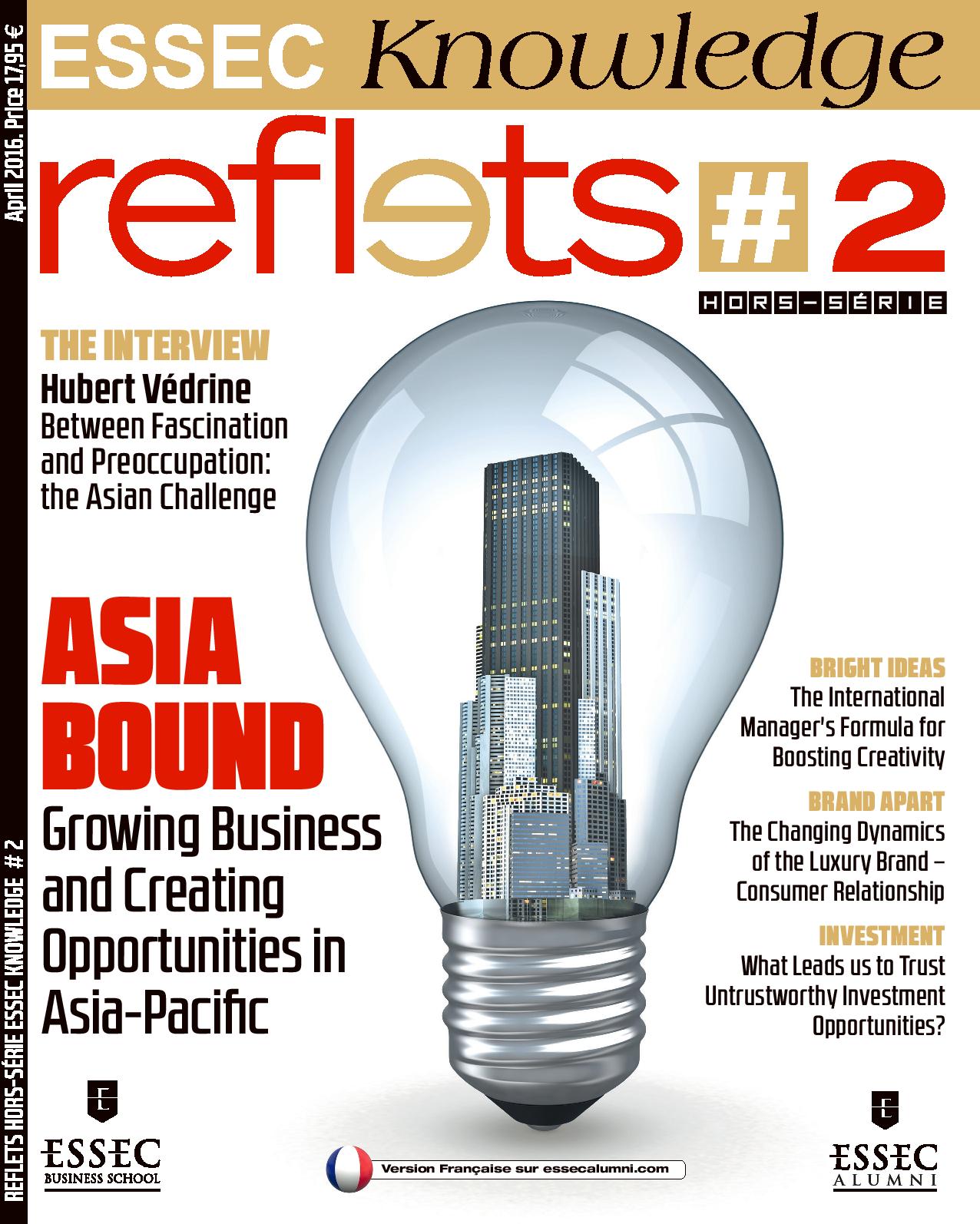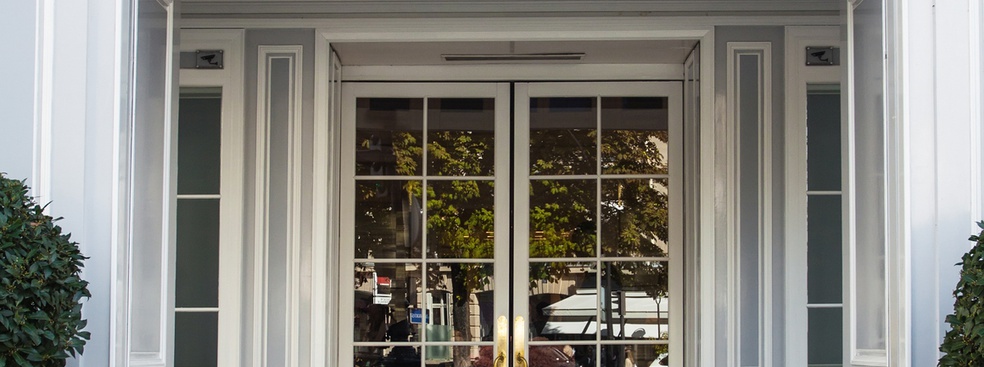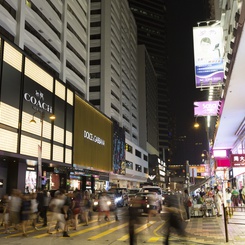From the research: "Managing heritage brands: A study of the sacralization of blinds heritage in the luxury industry" published in the Journal of Retailing and Consumer Services.
"With sitting rooms painted in Trianon grey, Louis XVI chairs, and pristine moldings ... in central Shanghai, the magic of 30 Avenue Montaigne provides a backdrop for the haute couture silhouettes of Raf Simons’ spring-summer collection for Dior". This description of the 2013 fashion show in Shanghai illustrates one of the many ways the emblematic elements from Dior’s heritage boutique on Avenue Montaigne in Paris can come into play. These same iconic elements can also be found within the brand’s communications materials and at points of sale around the world, as well as within the collections themselves. 30 Avenue Montaigne appears as a central reference point for the Dior brand. It is a sacred space at the heart of the brand’s identity and heritage.
Many luxury brands sanctify their heritage stores in a similar fashion. This is the case for the Chanel boutique at 31 rue Cambon, for the Chaumet boutique at 12 Place Vendôme, and for the Cartier boutique at 13 rue de la Paix. Indeed, this strategy seems all the more prevalent today, now that other luxury codes are increasingly adopted by mass market retailers. Therefore, it’s important to ask: how do luxury brands create the symbolic codes to turn these heritage boutiques into sacred places?
Working from in-store observations as well as from interviews with store managers and sales representatives in the luxury sector, we explore how luxury brands sanctify their heritage stores. By transposing the characteristics of the sacred onto the luxury retail experience, we show that these sacred spaces are integrated into each brand’s myths, and are at the heart of rituals.
The myths
Since the dawn of History, sacred meaning is derived from the myths and origin stories that are handed down from generation to generation. These myths lend meaning to the origin stories, to existence, and to the future. They become an absolute point of reference, the "center of the world”, so to speak. In this same way, French luxury brands create myths that draw on their history and often specifically focus on their heritage store location. In other words, they seek to give these spaces – which are integral to the identity and history of each brand – a mythical aura.
These mythical places are closely linked to the brand’s founders. Brands use several tricks to highlight the footprint of the founders within their heritage boutiques. For example, one often finds one or more portraits of the founder. This is the case for the lobby of the Dior boutique on Avenue Montaigne, as well as in the Cartier boutique on Rue de la Paix. At Cartier, architects have recreated, to a certain extent, what the store would have looked like when Louis Cartier first moved to rue de la Paix back in the late nineteenth century. The idea, however, isn’t to perfectly copy, but rather to draw inspiration from the past, and from the richness of the Cartier archives. The architects who designed the current layout immersed themselves in the Cartier archives in order to design the boutique the Louis Cartier might have dreamed about. This explains the intricate woodworking, which was so dear to Louis Cartier. His portrait greets visitors at the top of the stairs and the spirit of Louis Cartier is everywhere, as if he were still there. On the 150th anniversary of the brand, Cartier created the XIII jewelry collection to strengthen the mythology of its heritage boutique at 13 rue de la Paix, inspired by the iconic elements of that historic location.
Iconic elements from these historic locations are then integrated into the brand identity. They are introduced into the myths of the brand, and broadcast through communications materials. For example, the Dior store on Avenue Montaigne represents, as in our previous analysis of sacred meaning, an absolute reference point, "a center of the world" for the Dior brand. This is why the brand has created the Dior gray: as a reference to the emblematic color of the store on Avenue Montaigne. Through the use of iconic furniture pieces and architectural and decorative elements (including Louis XIV chairs and ‘hausmanienne’ moldings), the store on Avenue Montaigne also provides the backdrop for other points of sale around the world.
The Rituals
The sacred is not only institutionalized through mythical storytelling, but also through ritual practices. Traditionally, rituals are restricted to the realm of the sacred. Mauss defines rituals as "the set of rules that tell men how to behave around sacred things". Rituals go above and beyond storytelling in the sense that they are the acting out of the sacred.
Fashion shows can undoubtedly be described as collective rituals, and are the most important symbolic branding event for luxury brands. Iconic features from heritage stores are often reproduced in fashion shows - as when, in 2009, Channel paraded models in front of a reproduction of the shop front at Rue Cambon. The following year, the catwalk was organized around a giant reproduction of a lion sculpture from Coco Chanel's apartment at rue Cambon.
By transposing the characteristics of the sacred onto the luxury retail experience, we show how luxury brands sacralize their historic boutiques, those locations which lie at heart of brand identity and heritage.. For not only are these locations essential to brand identity, they help keep the dream alive for luxury consumers and differentiate true luxury from the commonplace. Luxury brands have learned to manipulate sacred, symbolic structures through myths and ritual practices. The act of giving a historic store location a sacred aura is the result of an intimate bond between a brand, place, personality, heritage and history.
From the ESSEC Knowledge Magazine: 









